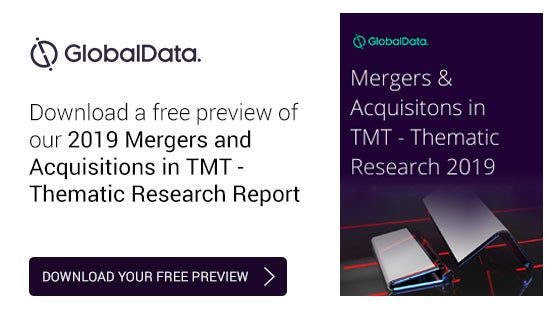Aerobay An Online Marketplace for Recycled and Surplus Parts for the Aerospace Industry

Aerobay provides a platform for buying and selling a range of parts (new and used parts of rotables, cabin parts, airframe parts, consumables and chemical products) for the aerospace industry.
Affordable and secure trading marketplace for aerospace parts
With its original approach to selling, buying and recycling any aircraft component. Aerobay uses robust technologies, to assure safe financial transactions whilst delivering an efficient and secure sales platform for the surplus stock.
Many industry professionals hold surplus stock or end-of-life aircraft. Aerobay proposes an efficient way to monetise these assets by creating a free e-shop for each stock owner. It’s an accelerating tool for bringing potential buyers and sellers together via an open online platform.
Dedicated OEM e-shops
Aerobay offers the opportunity to all suppliers / OEMs, to have their own e-shop. As the ‘authorised on-line distributor’, Aerobay set-up a customised selling and logistic solution, for the promotion, distribution and sale of new product in any worldwide region.
Aircraft end-of-life management
Being proactive about aircraft end-of-life management can add value and optimise recycling opportunities.
Managing an aircraft’s end-of-life to limit the impact on the environment is also one of Aerobay’s targets. The company aims to increase the profitability of the aircraft recycling market while reducing the environmental footprint.
Today’s problem for aircraft surplus parts suppliers is low-visibility and the risk of keeping low-demand stock on the shelves. With today’s regulatory conditions and customer expectations, buyers need to be aware and confident about what they buy.
Ageing aircraft analysis and teardown services
Aerobay offers a detailed analysis of ageing aircraft. The technical team developed an innovative approach and algorithms to investigate the potential residual value of an ageing aircraft, after dismantling and selling the parts on the secondhand market.
This analysis is carried out by an expert team using all the technical data available (back to birth, aircraft background history, on-condition components list, engine LLP sheet). It comes with recommendations regarding the most suitable solution for aircraft end-of-life management.
Aerobay manages an entire teardown operation through its qualified network of partners. As a project manager, the company selects the most suitable service providers (disassembly / parts removal / dismantling / recycling), from the teardown operation to the consignment. The free Aerobay platform subsequently proceeds to accelerated sales.
About Aerobay
Created by a team of aerospace experts in aftermarket and spare distribution, Aerobay aimed to bring a new and innovative approach to accelerate the aircraft parts sale.
The comapny is not only an e-commerce platform, but a complete services solution for all the aerospace stakeholders in the MRO and spare parts distribution business.
Aerobay also offers:
- Sell and buy from our market place
- Consignment stock management
- Aircraft asset management
- Surplus stock purchase
- Rotable spare parts audit
- OEM spare parts distribution
- Surplus pricing recommendation
- Alternative re-use
Aerobay Images
Products and Services
Video
Related Projects

Earth Cloud Aerosol and Radiation Explorer (EarthCARE) Satellite

Eutelsat 7C Satellite
Press Release
We had a big challenge. Digitalising the Aircraft and helicopter spare parts trading business.
Read moreApart from major airlines and suppliers who have their own inner dedicated platform to manage their surplus, the majority of aircraft surplus part suppliers do not have a proper tool to maximize their sales.
Read moreRegional Offices
22 rue Oberkampf
75011 Paris
France









